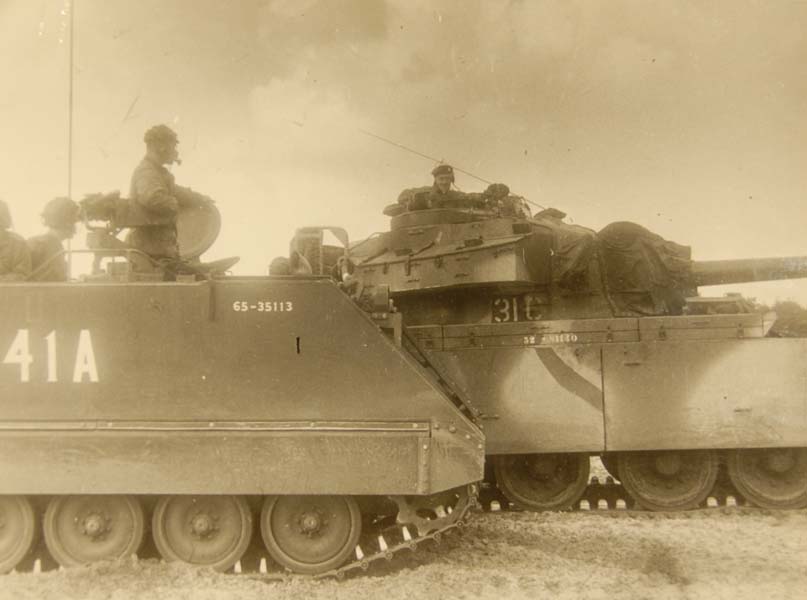The Cold War refers to the period between the end of the Second World War and the collapse of the Soviet Union in 1991, during which the world was largely divided into two ideological camps — the United States-led capitalist “West” and the Soviet-dominated communist “East.” The former included Canada, as its government structure, politics, society, and popular perspectives aligned with those in the US, Britain, and other free democratic countries. The global US-Soviet struggle took many different forms and touched many areas, but never became “hot” through direct military confrontation between the two main antagonists.
Beginnings
The Cold War was rooted in the collapse of the American-British-Soviet alliance that defeated the Germans and Japanese during the Second World War. Already divided ideologically and deeply suspicious of the other side’s world plans, American and British diplomatic relations with Joseph Stalin’s Soviet Union severely cooled after the war, over several items. In particular, the Soviets placed and kept local communist parties in power as puppet governments in once-independent countries across Eastern Europe, without due democratic process. This situation led former British Prime Minister Sir Winston Churchill to state in 1946 that an “iron curtain” had descended across the European continent.
 Fallen
Fallen
